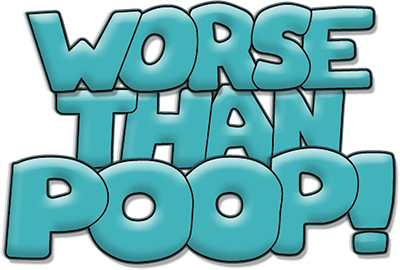The advent of the streetcar and the automobile, of course, quickly solved that problem. But the advent of the internal combustion engine clearly brought us a new, larger problem: atmospheric carbon dioxide pollution. What would that pollution look like if it was - like horse manure - visible? (Not to mention smellable?)
To answer this question, I got an atmospheric scientist to help me do a back-of the-envelope calculation. We assumed that streets take up 1/3 of San Francisco's 47 sq miles, and we used San Francisco's CO2 emissions only (12.5 tons per person per year – which is far less than the US average of 20 tons per person per year). We used a rough population estimate of 1 million. And here's what we found:
The streets of San Francisco will be 538 feet deep in CO2 poop within one year. That's two thirds of the way up the Transamerica Pyramid. By 2020, we'll have buried the Transamerica Pyramid almost four times. I'll let you calculate what 35 more years of this madness might look like - but I don't think you need to. The upshot is that humanity has never been in poop this deep.






































